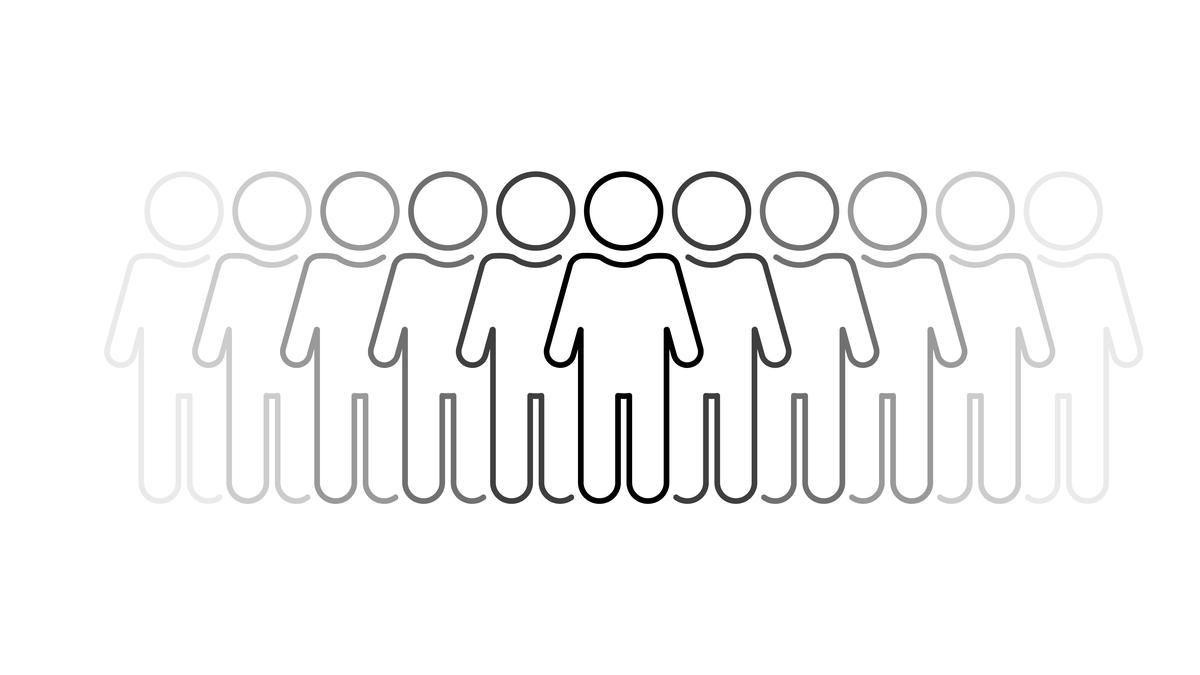
Dispelling population myths triggered by a working paper Premium
The Hindu
Many media reports and politicians have tended to misinterpret and sensationalise findings from a working paper put out by the Economic Advisory Council to the Prime Minister
Many media reports and politicians have tended to misinterpret and sensationalise findings from a working paper put out by the Economic Advisory Council to the Prime Minister (EAC-PM), titled “Share of Religious Minorities: A Cross-Country Analysis (1950-2015)”. These reports have inaccurately tried to create an impression that the Muslim population in India is growing rapidly and that this threatens the Hindu population. Unfortunately, such interpretations fuel a divisive political narrative that is often misinformed about population issues and further obscures the truth from the public.
The working paper states: “the actual reasons for the change in the religious demography of a country is a multivariate phenomenon in a complex system and the depth of analysis required to pinpoint the exact variable responsible for change in religious demography is beyond the scope of the paper.” Despite acknowledging its limitations, the paper makes a flawed assertion that the growth in the Muslim population indicates that minorities are thriving in India. There is no evidence to suggest that an increase in fertility alone indicates a flourishing population.
Interpreting population data within the context of socio-economic development is crucial. The number of children a family chooses to have is influenced more by socio-economic factors such as education and economic conditions than by religion. Communities with better access to education, health care, and economic opportunities tend to have lower fertility rates.
A high population growth rate does not indicate that people are necessarily doing well. It often highlights the shortcomings in levels of human development. The higher growth rate of India’s Muslim population compared to the Hindu population is a result of the Muslim community lagging behind on many human development indicators. Conversely, a low growth rate or decline in population does not imply persecution or hostility but can reflect improved socio-economic conditions, lower fertility rates, and higher emigration rates.
The EAC-PM study uses the Religious Characteristics of States-Demographic (RCS-DEM) dataset to conduct a cross-country analysis of 167 countries. The RCS-DEM database provides detailed information on the demographic characteristics of various religious groups across countries. The paper analyses population data from 1950 to 2015.
There are three ways in which the changes in the composition of the population of various communities can be explained. One way is to examine the absolute increase in population across religious communities. In that case, between 1950-2015, India’s Hindu population grew by 701 million — almost five times more than the increase in the Muslim population of 146 million.
The second way is to look at the changes in the proportion of different religious groups in the population. We find that whereas the proportion of Hindu population fell by 6.64 percentage points from 84.7% in 1950 to 78.06% in 2015, the proportion of Muslim population increased by 4.25 percentage points from 9.84% in 1950 to 14.09% in 2015. Both the marginal decline in the proportion of Hindus in the population or the marginal increase in the proportion of Muslims should not be a cause for concern given that, to start with in 1950, there were 306 million Hindus as against 35.5 million Muslims. Clearly, the increase is relatively small, and there is no threat of Muslims overtaking Hindus in population numbers.

Autopsy report of Manipur family says victims were shot multiple times before bodies dumped in river
The autopsy report of three of the six members of a Meitei family who were allegedly abducted by armed militants during an encounter with security forces in Jiribam district of Manipur on November 11, 2024, reveals that they were shot multiple times before their bodies were dumped in a river.










